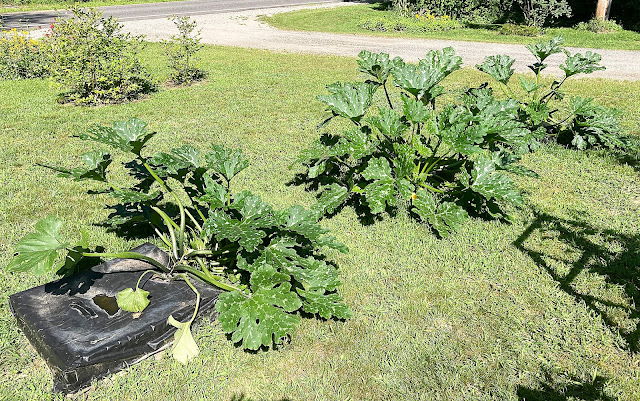 |
| “Caterpillar Anatomy.” Wisconsin Pollinators, 11 Dec. 2019, https://wisconsinpollinators.com/Caterpillars/CA_CaterpillarAnatomy.aspx. |
I am interested in insect anatomy and couldn't resist posting a picture of the structures of a caterpillar. Can we find some of these on our specimens?
On the side of the body are the SPIRACLES - which help the caterpillar "breathe." These little holes open and close letting air in and out to circulate throughout the body. Cool!
Here are a few other parts of the body. The FILAMENTSs are like "feelers" that may be sensitive to sonic vibrations as well as touch. The HEAD has lots of little parts, which are difficult to see in this photo, but I did label the EYES (of which there are 6 tiny raised black dots.) There are three pairs of TRUE LEGS, each of which has a tiny claw to help to hold onto the stem that they are crawling on. Further back on the abdomen are the four pairs of PROLEGS. These are considered to be false legs that are fleshy and help the caterpillar crawl as they support the abdomen. There are lots more structures, but I didn't have the right camera or get close enough to photograph them.
















